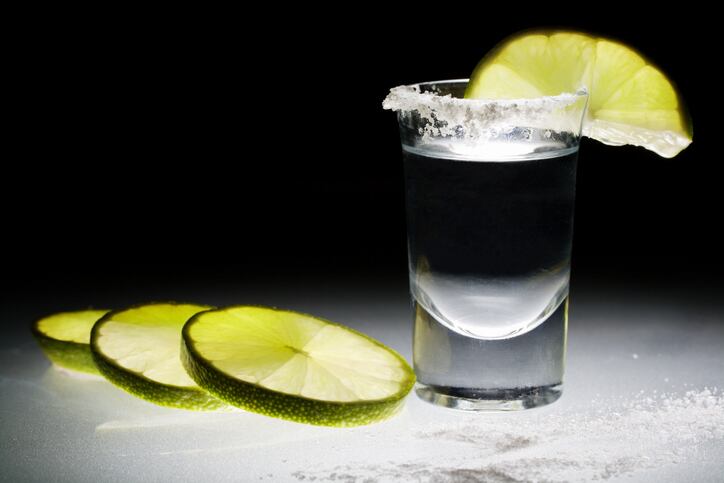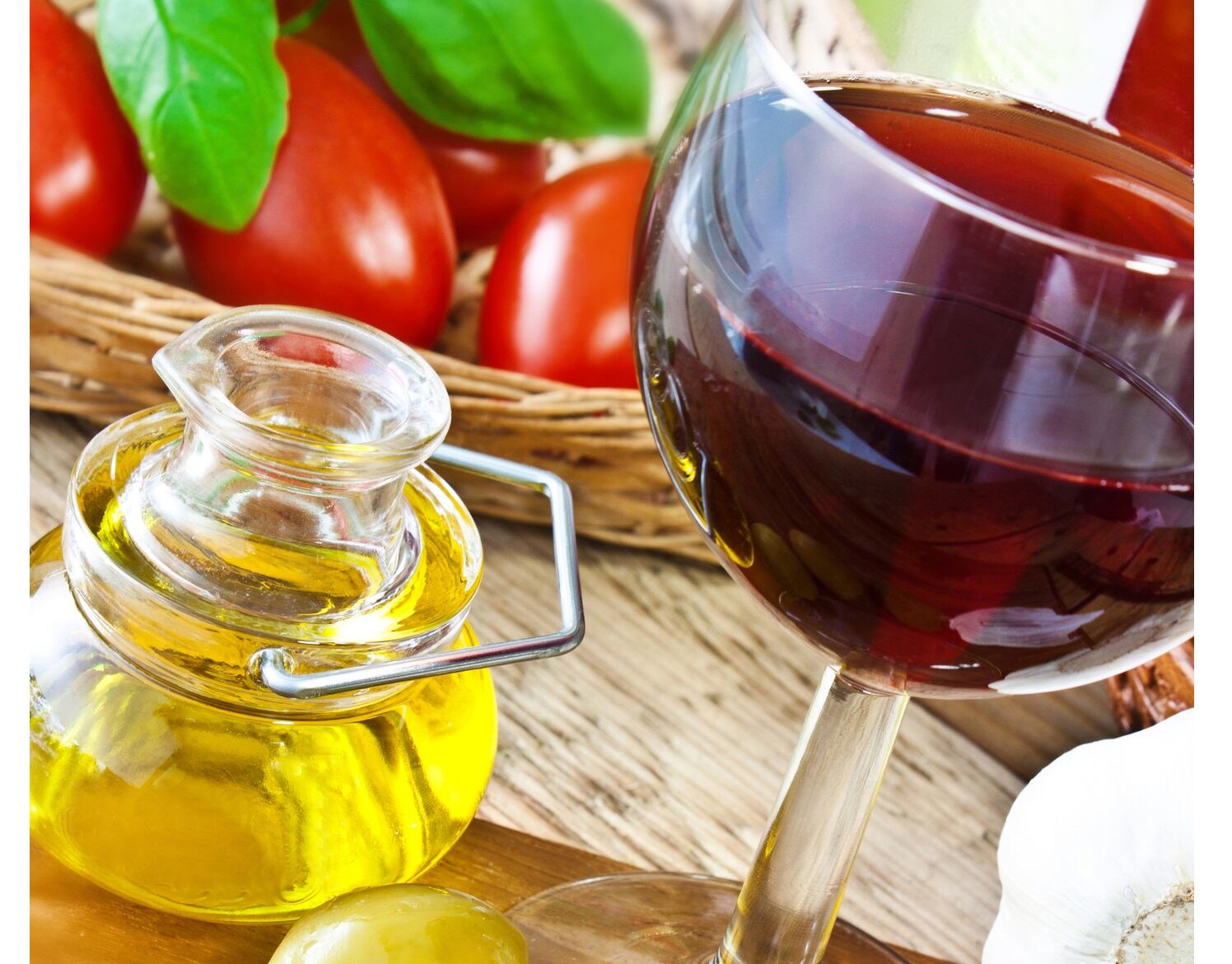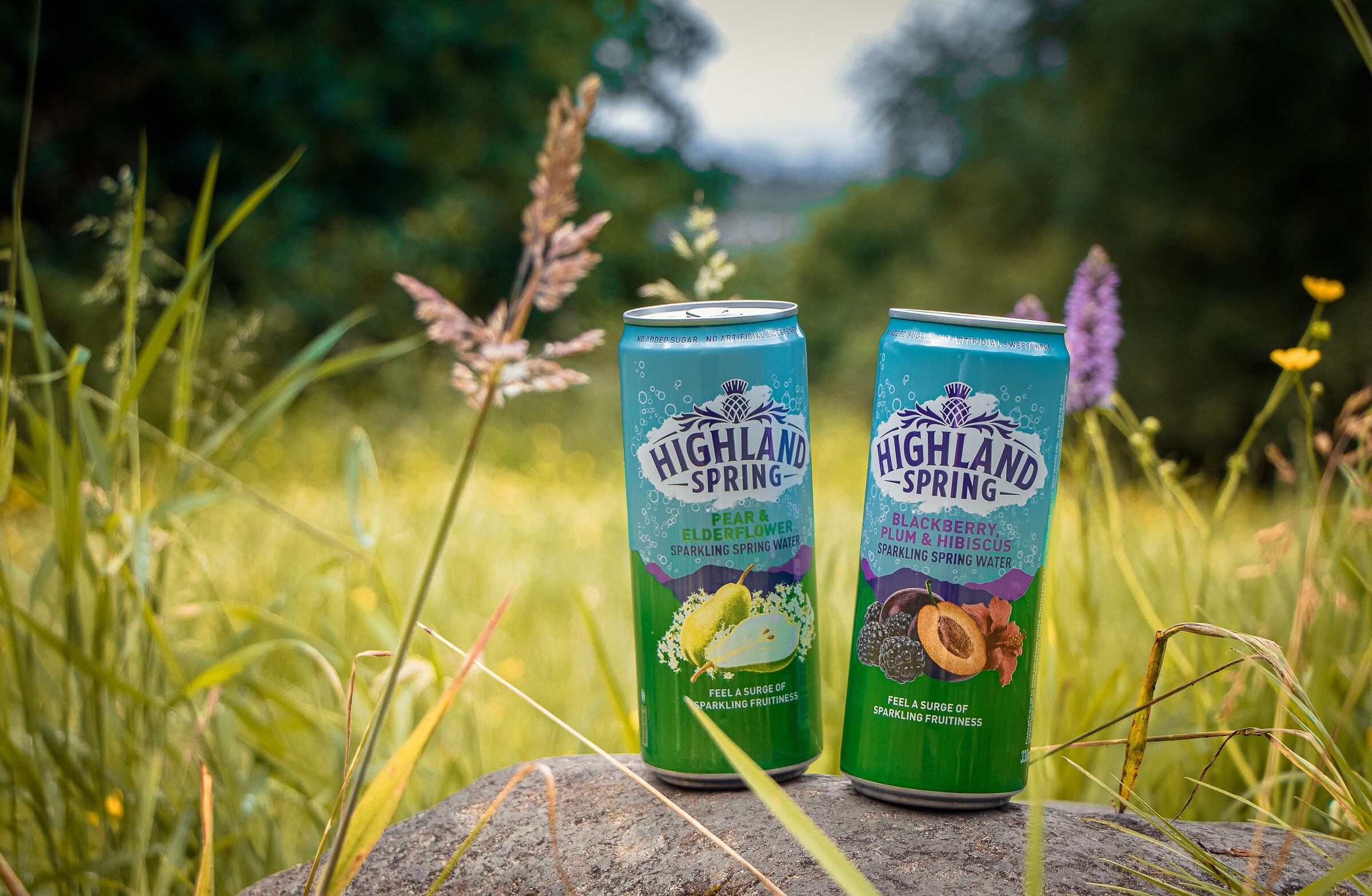English wine has ‘been on the rise’ for years. But now, wherever you look and whoever you talk to, there is new momentum, new excitement, new opportunities, and clear evidence of more mainstream distribution and consumption.
Led by our traditionally produced sparkling wines, which I suspect were a feature of many this Christmas, English wine feels like it’s on the march.
From winemakers to wine TV presenters, I spoke to some of English wine’s leading players, exploring the possible future paths and growth opportunities within this exciting sector.
Four key themes rose to the top, which when combined, could make for an exciting blend.
1. Our fizz is the real deal
“The quality of our wines is going up and up, and there is a direct link between quality, overall awareness and trial”, notes Adam Williams of Balfour Winery.
Every wine region of the world has a flagship style, and in England, it’s most definitely sparkling wine. And whatever outdated old school wine snobbery views you may encounter, there is no getting away from the fact that English sparkling wines are seriously high in quality, only getting better, and in the words of wine presenter and writer Olly Smith, they’re “mind-blowingly good”.
English wine sits in a somewhat unique position, somewhere between old and new world wine, and able to take inspiration and pick the best bits from both. This means our vineyards are home to some of the best winemakers and technology going.
Mardi Roberts at Ridgeview Wine Estate suggests that the tokenism associated with English wine is long gone, and the “increased distribution and availability is absolutely down to quality, which has driven consumer demand”.
2. Exploration can still mean local
Wine is all about trial and discovery, and when you collide this with the trend to explore, support and buy local, plus the environmental sustainability of a local versus imported products, it’s a golden combination for English Wines. We have a large wine thirsty population surrounding a growing number of vineyards (now over 450 in England), and a wine trade willing and able to support local.
Mardi was hugely complimentary of the way in which Waitrose, who Ridgeview have worked with for 15 years, has supported English vineyards. Their “fanatical support”, and that of Laithwaites, has made the recent growth possible, and now other retailers are getting on board.
Chapel Down’s Mark Harvey is also optimistic, predicting “English sparkling wine to outperform the wider sparkling market as consumers increasingly favour local” and in no small part for its “sustainability credentials”. Ultimately, if a wider consumer demand for exploration into quality local brands is there, then it’s a no brainer for retailers to increase their selection of English wines.
3. The rise of wine tourism
“English wine is a bolt on to Old World Wine in terms of traditional wine making techniques, but it very much embraces the open, welcoming and hospitality led style of the New World,” says Mardi Roberts at Ridgeview
Australia, New Zealand and South Africa have led the way in wine tourism, and England is taking note. Wine is most passionately enjoyed at source, and with investment pouring into visitor centres, cellar doors, accommodation and restaurants, English vineyards are now fantastic places to visit.
Staycations were already on the rise pre Covid, and according to a recent YouGov survey, the pandemic will have lasting effects on the travel industry, with 73% of Brits choosing to holiday within the UK regularly, even after all travel restrictions are lifted. Many of us have been jolted into exploring our own country a little more, and whether you’re in Kent, Sussex, or down in Cornwall, vineyard visits are fast becoming a go-to holiday outing.
In terms of potential visitor numbers, there are very few wine regions in the world that are so close to a major city like London. And as Andy Balfour comments “who doesn’t like a walk, some wine and some good food?”.
There seems to be so much potential for growth here. And perhaps English vineyards can continue to take inspiration from more established wine regions, collaborating with music festivals, building partnerships with food experiences and wider events.
4. Don’t underestimate the power of the brand
Champagne is firmly established as the leader in the luxury sparkling wine world. But within this wider brand, are a whole range of incredibly strong individual brands, all with their own personality and positioning. Napoleon, for instance, was known to only drink Moët & Chandon.
Prosecco on the other hand, which has been the big success story within the recent growth of sparkling wine worldwide, is all about the overarching mother brand. People love Prosecco for its approachable and affordable price point and everyday nature, but who off the top of their head can name even one Prosecco brand?
English wine brands can learn from both regions, although Mark Harvey points out that there is an exciting opportunity to behave and communicate differently. “Champagne, given the scale and history, is the “obvious” and traditional choice and there is a fresher, more dynamic message to be told from a new wine region emerging on our own doorstep”.
Adam Williams talked about the need for English vineyards to work together within an overall positioning, to promote the region, particularly in the export market (which is very young, but with huge potential for growth).
And just like Champagne, English wine is also home to some distinctly different brands that will appeal to different consumers. From Nyetimber’s Fortum and Mason-esque luxury feel, to perhaps more approachable family run vineyards like Ridgeview or Camel Valley, we have a healthy mix and variety of brands, with lots of room for growth.
So, it’s being talked about, its being written about, it’s appearing on more food shows, more wine menus, and on more supermarket shelves. And last year alone, Chapel Down’s sparkling wine sales were up by 53%. And I barely even touched on climate change or Brexit in my conversations.
But can English wine truly go mainstream? Or will the price point, and our preconceived notions that English wine can never be as good as its European counterpart, always hold it back?
Mark Harvey does acknowledge that “English sparkling wines sweet spot will always be in the super premium price tier at £30+ where champagne has historically dominated”. But for the wider wine region, who knows what the future holds?
What’s very clear is that there is a lot of excitement and passion surrounding English wine currently. And with brands, momentum is everything.
Olly Smith, who couldn’t be more passionate about English wines, describes the recent evolution as “stratospheric”, with unprecedented progress in the last 5-10 years. But his real excitement is in the unknown.
“English wine’s story is only just beginning. And nobody really knows what’s next”.
Whatever the future holds, I for one, am looking forward to supporting local, and sampling a little more English wine this year.




